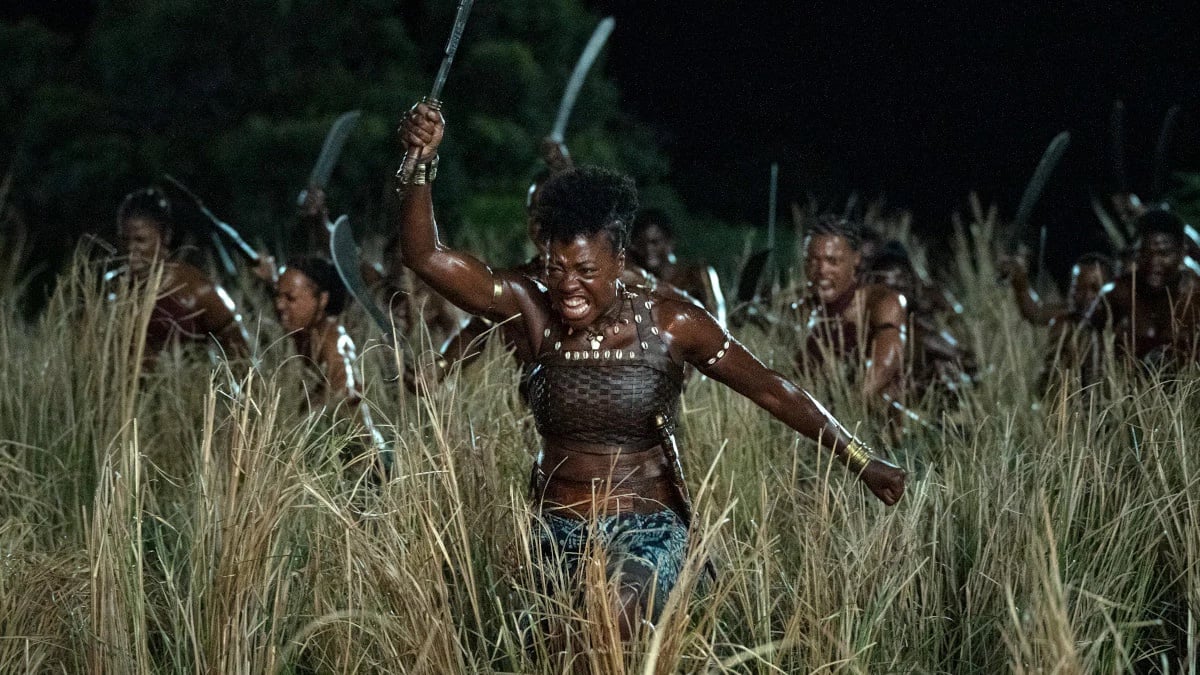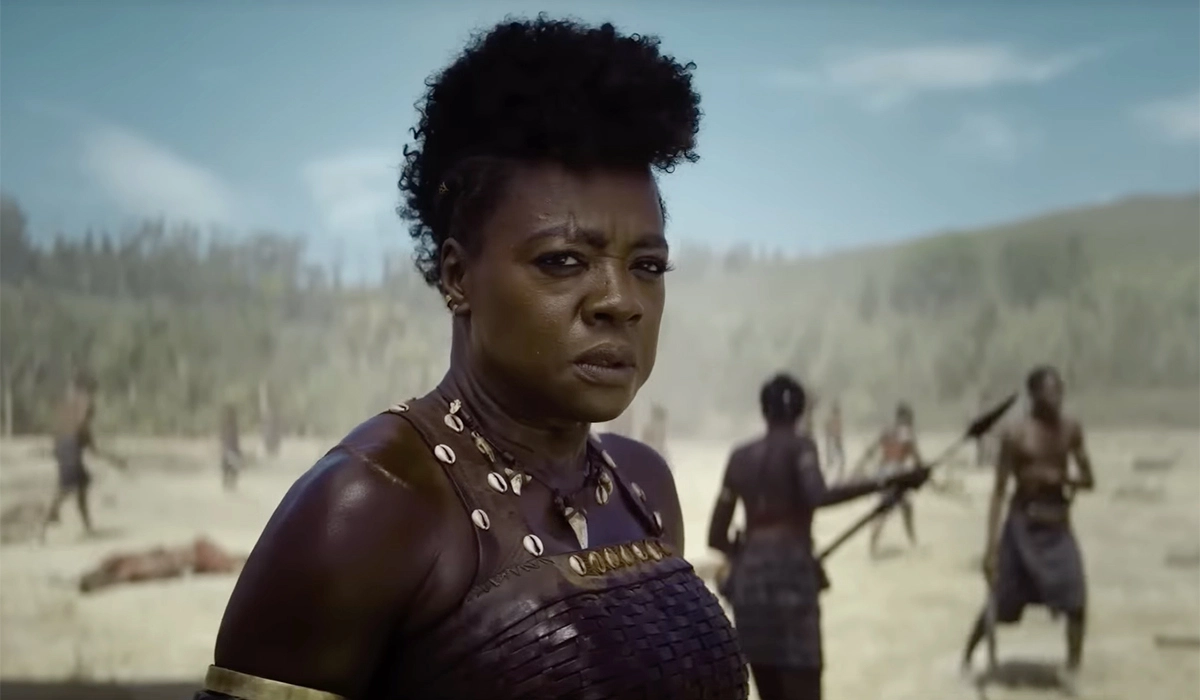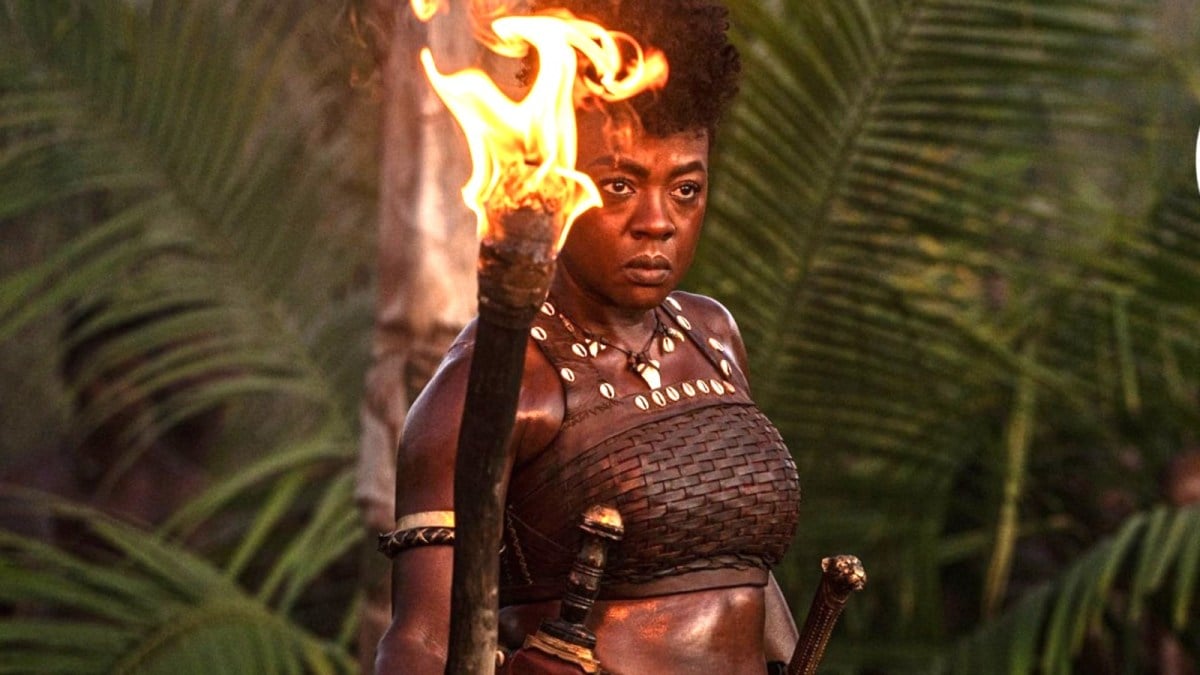The following article contains spoiler information for The Woman King.
The Woman King, the latest historical epic, made an impression with moviegoers. It currently sits at an $87 million total box office against a $50 million budget. The film, which was directed by Gina Prince-Bythewood, followed a West African kingdom of Dahomey and the all-female warriors who kept the kingdom safe.
The Woman King has also been a success with critics and with audiences scoring a certified fresh 94 percent on Rotten Tomatoes with an audience score of 99 percent. While critics and moviegoers might be enjoying the film, you might be wondering just how much of the film is based on true events. Let us take a look at what happened in The Woman King and at the controversy surrounding its historical accuracy.
Is The Woman King historically accurate?

First of all, as The Woman King is not a documentary with footage from the 1820s, it will have some historical inaccuracies, especially seeing as this is a product made for the purpose and intent of entertainment rather than to teach or inform. With that being said, there are many historical inaccuracies within the movie. First of all, the badass character played by Viola Davis, Nanisca, never existed and was made up for the film. It is possible that her name was taken from the account of a French Officer who visited the region in 1889, but as far as history remembers, the general was not a real person.
However, not all the characters were created for the film, like John Boyega’s King Ghezo, who actually ruled Dahomey from 1818-1859. The main backdrop of The Woman King is slavery. The film depicts the Agojie as counseling King Ghezo against the exploitation of slavery, opting for palm oil production to further their wealth instead of the slave trade. Unfortunately, the story is much worse in real life. Although the Dahomey did dabble in palm oil, their main source of wealth for decades—if not centuries—was the slave trade.

In fact, it seems that the Agojie were responsible for conquering the surrounding areas, capturing the losers of the battles, and selling them off as slaves. This is in direct opposition to their stance in The Woman King. Yet it is not like the cast and crew was not aware of the real-life villainy of the Dahomey. In fact, John Boyega’s pitch for a sequel is that his character takes on the real-life attributes of his character and becomes the villain for the second film.
So no, it is not the most historically accurate film, tossing aside the real depiction of the West African kingdom to tell a different, more entertaining story. This might have also impacted ticket sales, as the film seemed to do well regardless of how “real” the film might be. It performed well enough that we might see a sequel come out of Boyega’s idea, but for that, we will have to wait and see. You can still catch The Woman King while it is in theaters now.

